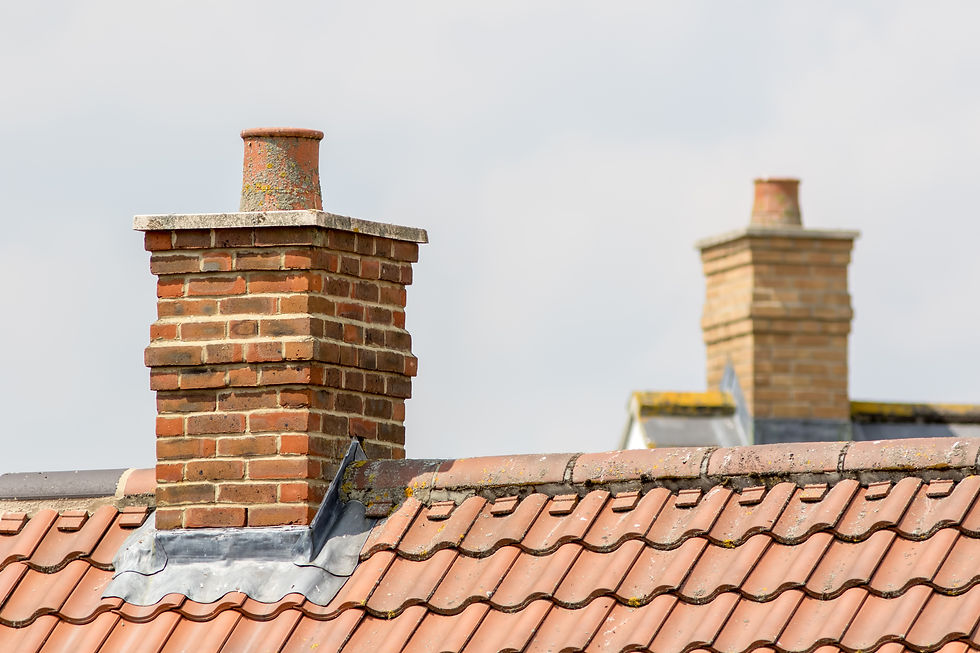Serving Party Wall Notices on Freeholders and Leaseholders in Terraced Houses: What You Need to Know
- Darryl Miller BSc (Hons) AssocRICS MFPWS MPTS MPRSA

- Oct 4
- 2 min read
When planning building works in a terraced house—such as a loft conversion or rear extension—under the Party Wall etc. Act 1996, it’s crucial to understand who you need to serve notice to. This is especially important when neighbouring properties are owned by different freeholders and leaseholders, which is a common situation in London and other urban areas.
Who Needs to Receive a Party Wall Notice?
Under the Act, any adjoining owner must be served notice. This includes:
• Freeholders of neighbouring properties
• Leaseholders with leases exceeding one year
If a neighbouring property is split into flats, and each flat has a long lease (typically over 21 years), each leaseholder is considered an adjoining owner, as is the freeholder. Therefore, you may need to serve multiple notices for one property.
---
Scenario 1: Loft Conversion in a Terraced House
Let’s say you're converting your loft and inserting steel beams into the party wall.
Even if the ground floor flat next door seems unaffected, you must serve notice to:
• The freeholder
• The ground floor leaseholder
• The top floor leaseholder
Why? Because the works involve the party wall, which is jointly owned. Even if the risk of damage is minimal to the ground floor flat, they still have a legal right to be notified and to appoint a surveyor if they wish.
---
Scenario 2: Rear Extension
Now imagine you're building a rear extension at ground level. The neighbouring property has a top floor leaseholder who seems far removed from the works.
Again, you must serve notice to:
• The freeholder
• The ground floor leaseholder
• The top floor leaseholder
Even if the top floor flat is unlikely to be directly affected, the structure of the building is shared, and the leaseholder has a legal interest in the adjoining wall or foundations. The Act doesn’t allow you to decide who is “likely” to be affected—it requires notice to all relevant owners.
---
How Many Notices Should You Serve?
Here’s a quick guide:
• One property with a single freeholder and no leaseholders: 1 notice
• One property with a freeholder and two long leaseholders (e.g., ground and top floor flats): 3 notices
• Two adjoining properties with mixed ownership: You may need to serve 6 notices (3 per property)
---
Why This Matters
Failing to serve notice correctly can lead to:
• Delays in your project
• Legal disputes
• Claims for damages
• Injunctions stopping work
Serving notice properly ensures compliance, protects your interests, and gives neighbours the opportunity to appoint surveyors and agree on how the works will be monitored.
---
Conclusion: Get It Right with Rellim Surveyors
At Rellim Surveyors, we specialise in Party Wall matters and understand the complexities of ownership structures in terraced housing. Whether you're planning a loft conversion, extension, or structural work, we’ll ensure notices are served correctly and your project proceeds smoothly.
Contact us today for expert advice, tailored service, and peace of mind.




Comments